
Have you ever given thought to what it might feel like to rewild your garden? A garden being your backyard space, acres upon acres of field or forest, even your postage-size balcony.
No matter how big or small, there is always a place for rewilding – if you just let matters be.
Rewilding your garden is a simple gesture towards nature.
It announces that you are ready to share all that you have to offer. The blossoms, the branches in the trees, beneficial weeds and unmaintained land. All of this, as you ask for nothing in return. Think of unconditional love and you are already halfway there.
How would your “garden rewilded” look? What would it smell like, can you describe the colors, the flowers and the busy, buzzing, scurrying activity?
Can you hear the birds gleefully chirping in the early morning hours, can you, once again, see fireflies on a midsummer night?
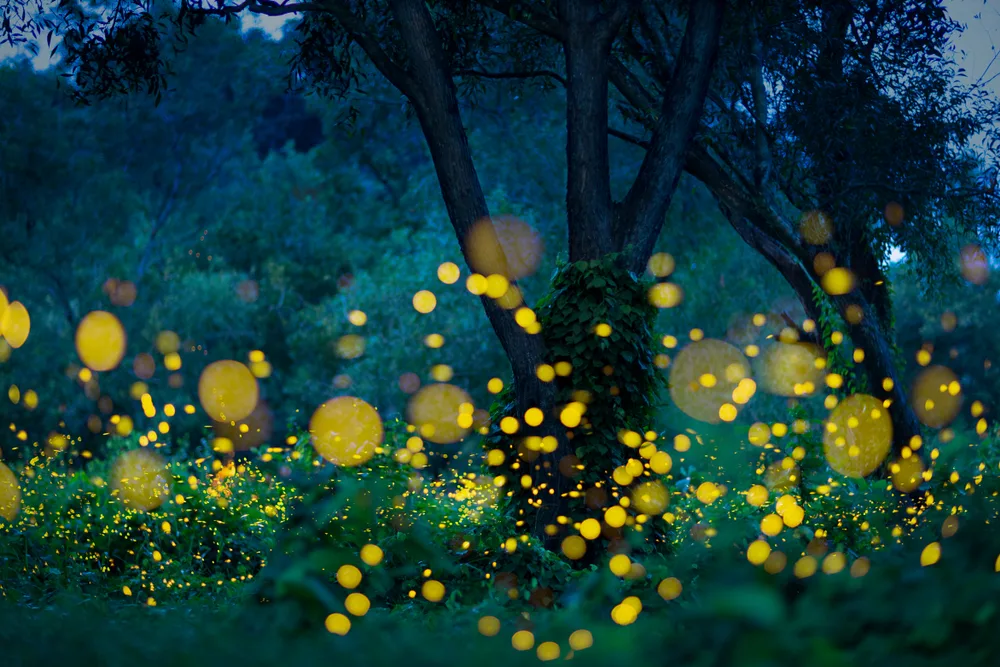
Someone once said that “imagination creates reality” and I know he is right. If you can dream up something with vivid detail, you can then take the necessary steps to implement it in your life – and into the lives of others as well. The birds, the bees, the insects that make your garden come alive.
There is no way to live without nature, or to withdraw from interaction on a daily basis. So let’s take a step back and learn what rewilding is, and why you need it in your life and surroundings. Ultimately in your garden too.
What is rewilding?
When you bring up the word rewilding, you are bound to find those all in favor. As well as those in direct opposition.
Who in their right mind would want to allow wolves and bears to freely roam across the landscape?! And the thought of reintroducing beavers near water sources that may change the course of rivers and streams, only to cause flooding to fields further down the line, resulting in loss. Are you crazy?
Bringing back the bison? Won’t someone get hurt?
Yet, the questions must be asked. Who are we to interfere with nature’s plans?
What if we trusted that we can live together in relative peace with larger species, if we only learn to respect their space.
As our human population grows, our need for land expands with it.
One line of thought is that crops need to be cultivated to feed the people and the animals that feed the people. You can see already that feeding can be a very human-centric ordeal.
Amidst dealing with a changing climate, worldwide health concerns and fears of future food shortages we already have a lot on our plates.
A change in the way we manage the land can remedy some of our food concerns. Mob grazing and food forests are two ways to ease into a different way of producing foodstuffs. We won’t get into them here, though they are both exciting ways to introduce concepts of rewilding into larger piece of land.
At times, it may even seem impossible to give back to nature, however little. These feelings come from a state of mind anchored in the concept of lack. When, in reality, we have plentiful time and just enough space to give! If we only learn to share…
So, let me offer hope and the promise of bringing back nature to our own lawns and backyard spaces through the often rebellious act of rewilding your garden.
Implement one tip, or try them all. Nature will always benefit from your kind generosity. It may even give inspiration to others, encouraging them to think outside the mainstream box too.
1. Stop mowing your lawn – the first step to rewild your garden
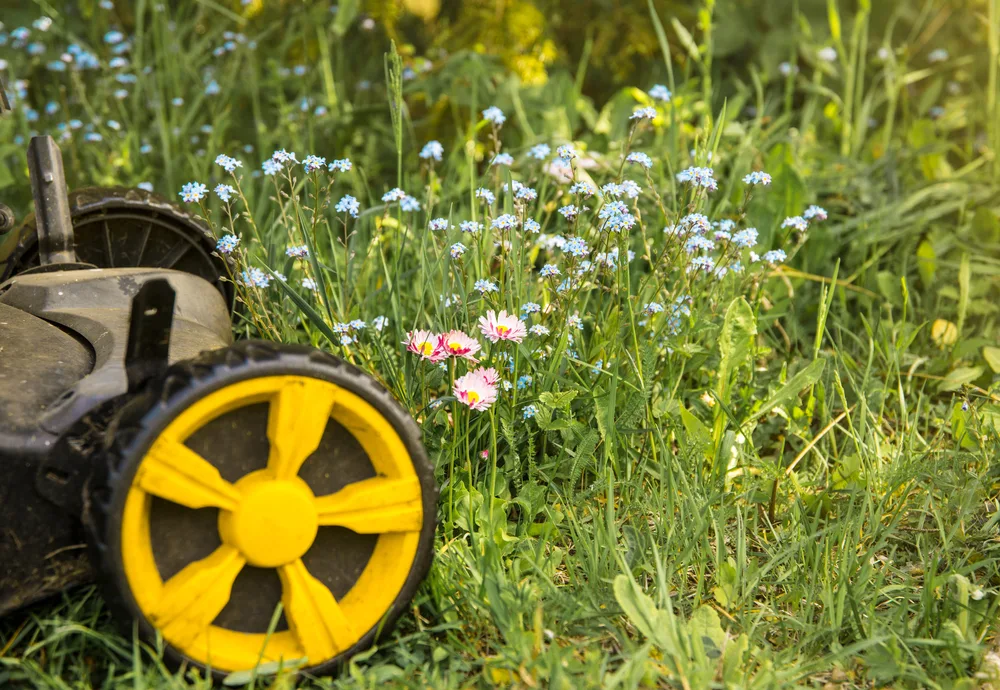
There is more than one way to stop mowing your lawn – and several good reasons why you should turn your lawn into a wildflower meadow.
The choice to stop mowing, however, doesn’t have to be all or nothing. In some instances, it is even beneficial to simply lift the height of your mower, as you leave longer grass for insects and small creatures to wander in and roam around.
You could also try mowing less often.
Say, once a month, or twice a summer.
If you go with “mowing” twice a summer as we do, we can only recommend that you learn how to scythe by hand. In that way you can turn your lawn into hay for the animals, or as mulch for your no-dig garden.
Your level of success with a no-mow lawn will depend on several factors, including your location, size of plot and proximity to a city.
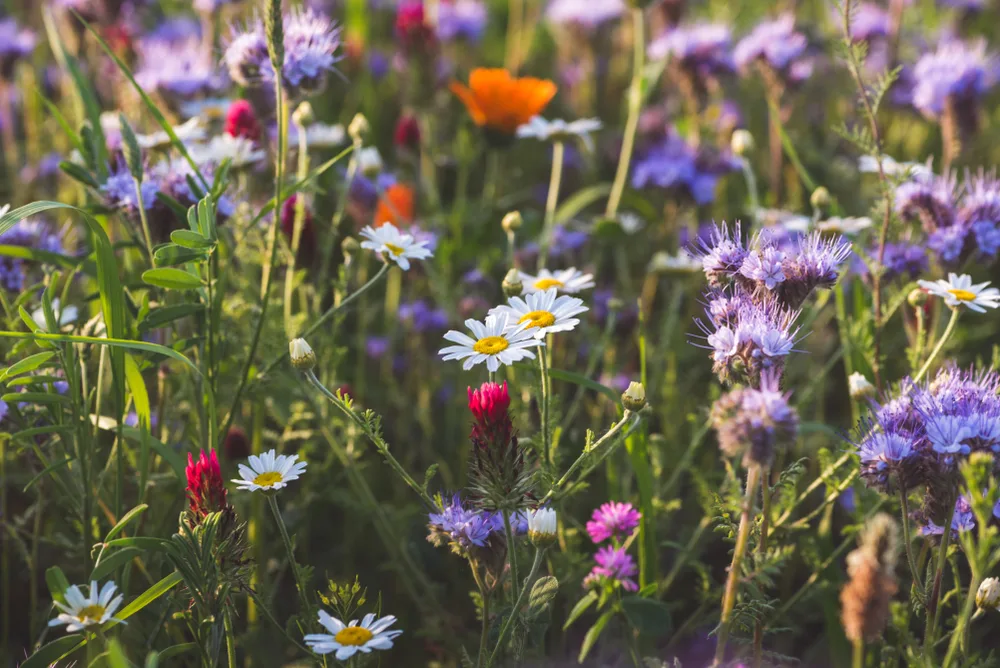
But back to the meadow (lawn). When and where you leave undisturbed areas, more plants (outside of a monoculture grass) will begin to take hold. These beneficial species can provide multiple sources of food and shelter for more insects than you can identify. Let alone to find out how leaving meadows in place helps to store carbon in the ground.
All around, not mowing your lawn is a wonderful way to rewild your garden.
2. Leave dedicated areas for “weeds”
I tend to use the weed word in quotations, as many common “weeds” are, in fact, edible. It is only in learning to identify and appreciate them that they actually become useful. Not just to you, but to all insects and creatures that rely on them for food.
For instance, take stinging nettle (Urtica dioica). If you know nothing about the plant, other than its bite, then it may be one that you try your hardest to eradicate. Look closer and you will discover that nettles support more than 40 species of insects, including small tortoiseshell and peacock butterflies.
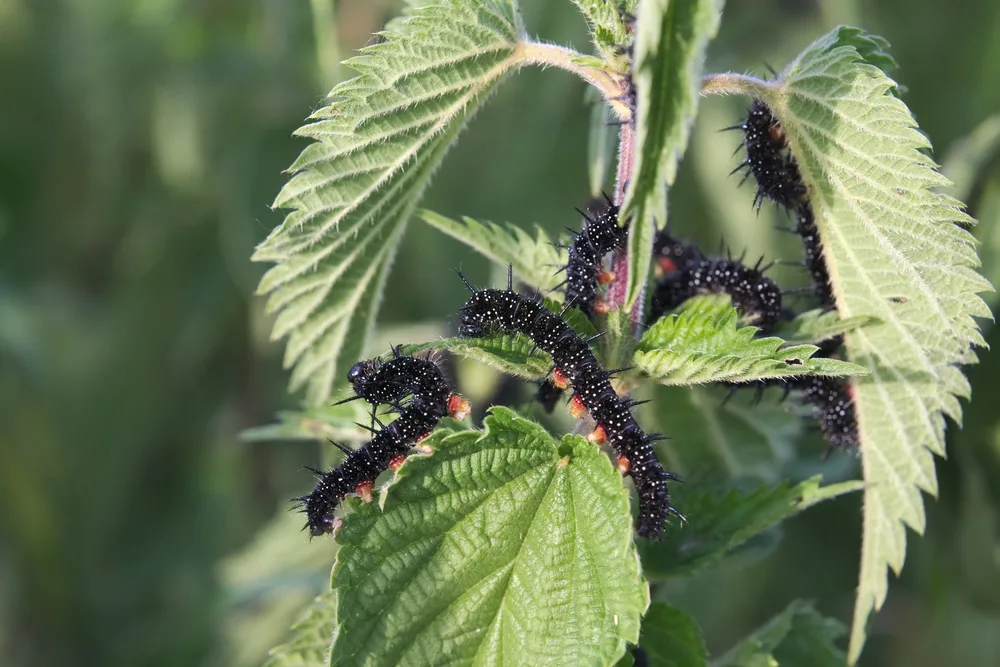
So, if you would love to see more butterflies in your garden, don’t forget to leave a patch of nettle near the back of your property.
Whatever you do, do not fall for the suggested planting of the commonly known butterfly bush. There are several other plants you can use to attract them instead.
And don’t forget to host some weeds in your garden and around your house to attract other beneficial insects. Plantain, chickweed, dandelion, goosefoot and more.
3. Install a water feature
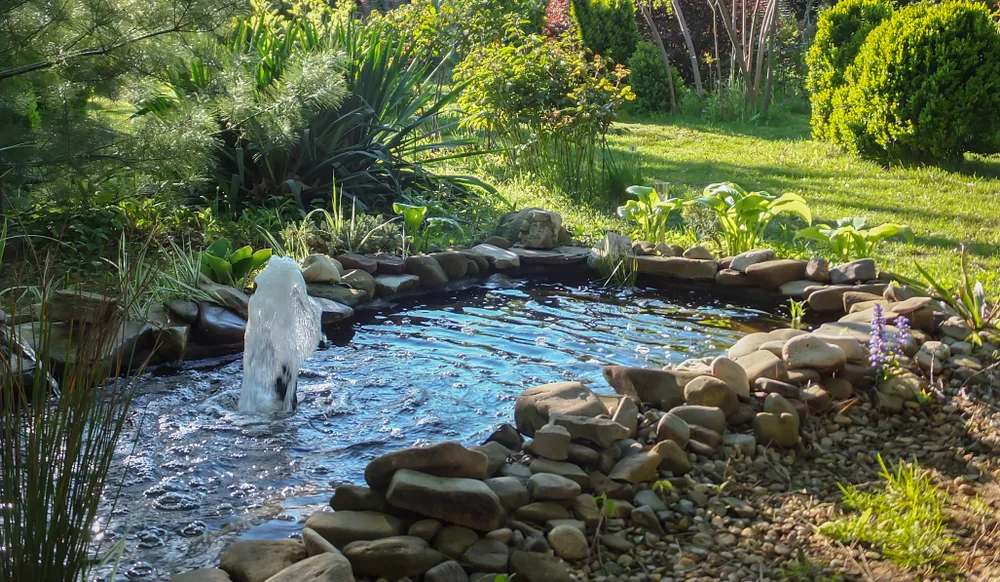
Be it a pond, a fountain or a bird bath, water will always attract the attention of wildlife.
Frogs, turtles, dragonflies, deer, hedgehogs, birds, squirrels and insects will all be coming to your water feature when you add one to the garden. After all, everyone is always on the search for clean water.
You don’t even need to live near woodlands to experience nature finding your watering hole. All you need to do, is put out a shallow pot of water in summer and see what happens. This can be an excellent learning adventure for children of all ages.
Attracting Wildlife With Water Features @ Behnke Nurseries
4. Be patient and let nature do her own thing
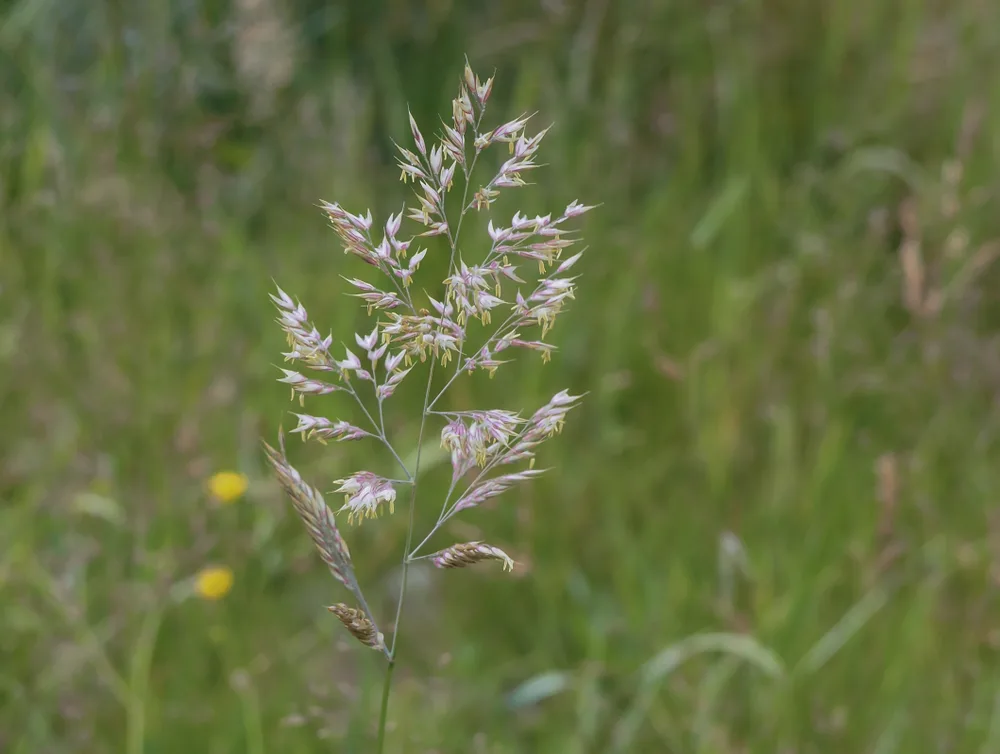
Letting go of control is one aspect of life that few people look forward to.
Yet, when we take a step back from order, organization and total control, magical things happen.
Nature, it turns out, doesn’t need to be bossed around in order to create. It doesn’t need to be tamed either. Most times, everything works for the best if we do not intervene.
This may mean that your garden doesn’t look exactly the way you expected. But, maybe you need to be the one to change your expectations.
And wait.
Wait for nothing to happen. And then for little things to happen, many of which will go unheard and unseen. Just because you cannot see something, doesn’t mean it isn’t there.
To rewild your garden takes time. When you realize this from the onset, it becomes easier to wait for visible changes. The land – and your garden – will rewild itself naturally, if you just let it happen.
To rewild your garden, sit back, sip a mug of herbal tea, watch carefully and do less work. We’ll get to the latter in a moment.
5. Go organic – ditch all chemicals to rewild your garden
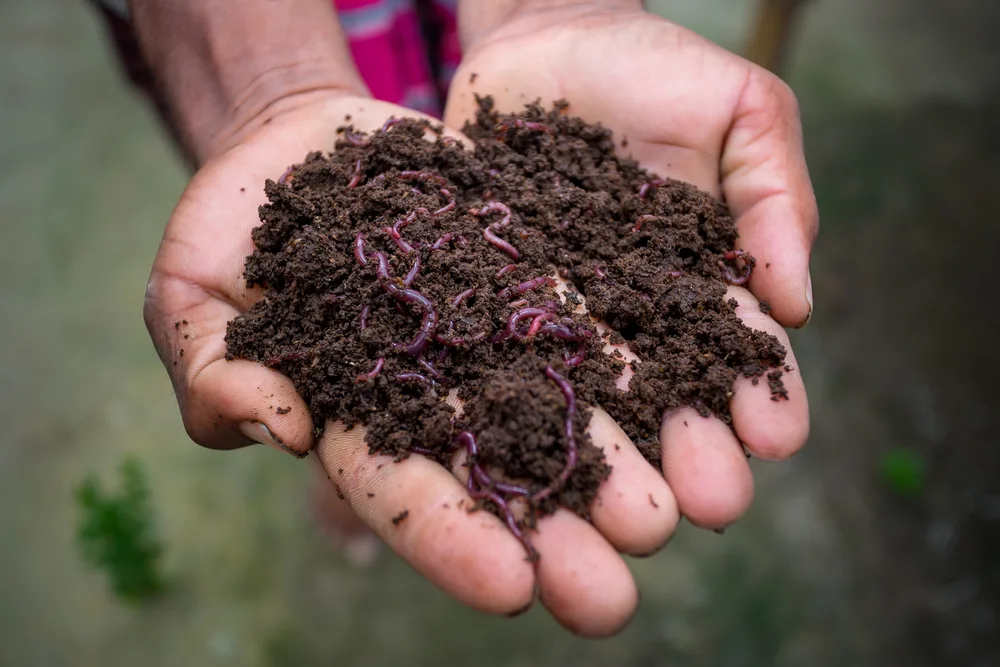
There has never been a better time to ditch chemicals.
When you spray insecticides, herbicides, pesticides and artificial fertilizers in your garden/lawn, they do not magically go away.
They dilute into the soil and ultimately into the water, affecting everything as they spread across the landscape and into the ground water.
Some may argue that using chemicals is the only way to grow “enough” food for everyone. Yet, permaculturists, and organic farmers in general, know better.
When you stop using chemicals, you can focus your attention on building the soil, rather than breaking it down.
It takes 1,000 years to build up just three centimetres of top soil, which is why it is so vitally important that we all begin to take better care of the soil we have. The soil is crucial to life on our planet.
Elizabeth Waddington
You can introduce concepts of companion planting to distract pests and attract beneficial insects.
Grow better food and harm less of the harmless nature that you are trying to lure to your garden, all by getting rid of chemicals. Opting for a natural and holistic approach instead.
6. Plant more perennials
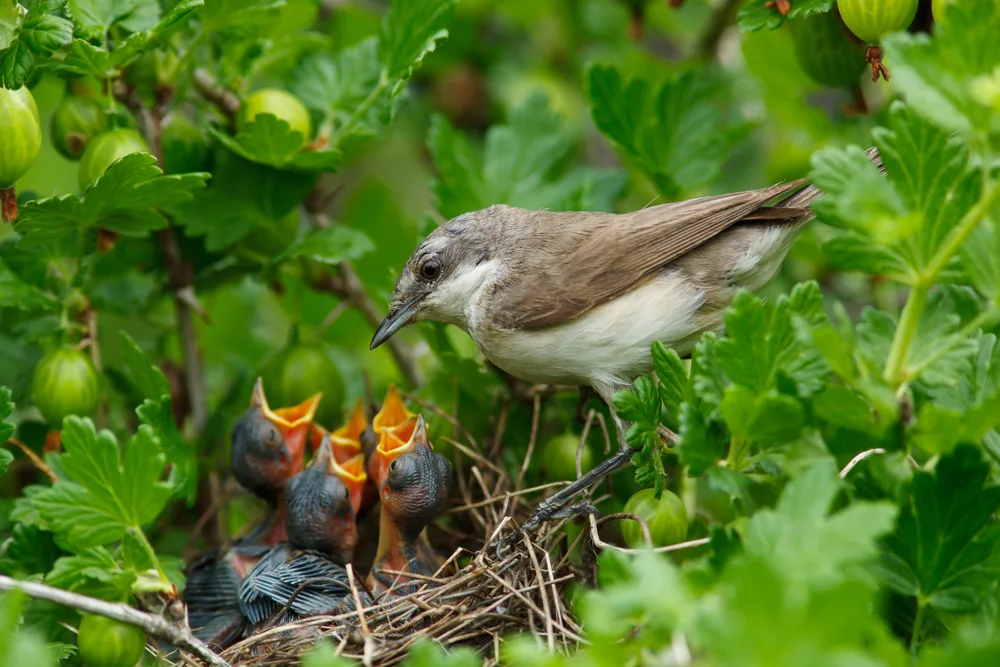
Perennials bloom throughout the year, providing a myriad of sources of nectar for pollinators at crucial times.
Many trees (such as willow) bloom early in spring, followed by wildflowers throughout the summer months. Later in summer and into fall, pollinators can even benefit from your beautiful lavender blossoms.
There is no end to the shade loving perennial flowers that you can squeeze into a small space.
If you have more space to devote to rewilding your garden, you can plant even more perennials. Those that provide shelter, such as raspberry and blackberry canes, for songbirds. Plant fruits, nuts and grapes, that not only serve to feed you, but offer a tempting plate to nature as well.
7. Use native plants in your garden design
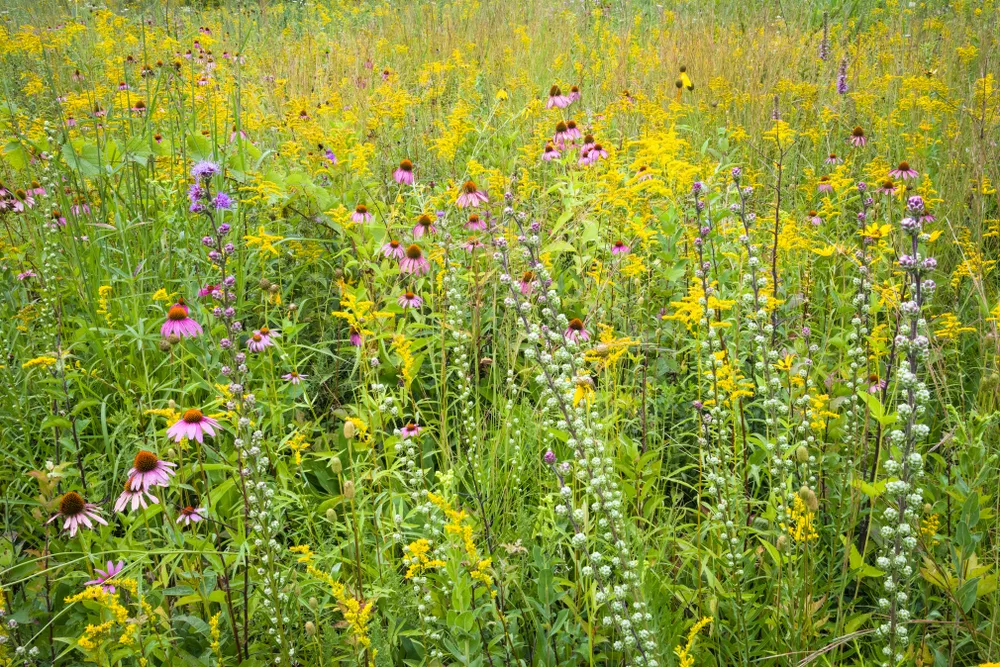
You will often find that lists of perennials make a blanket statement.
While most of them will grow in your zone, perhaps with the use of a greenhouse, not all of them will be native to where you are.
To find which plants are native to your region, does take some research. Heading out to a local nursery or garden center is a good start, but never underestimate the value of information in books.
Native plants are valuable for so many reasons:
- they help you use less (or no!) chemicals, fertilizers and pesticides
- native plants are low-maintenance, drought-tolerant due to deeper roots
- they promote biodiversity
- and they provide much-needed shelter and food for wildlife (birds, insects, butterflies, small mammals, etc.)
As you rewild your garden with shelter and quality foodstuff in mind, make sure to add both native annuals and perennials to your backyard space.
8. To rewild your garden – do less work
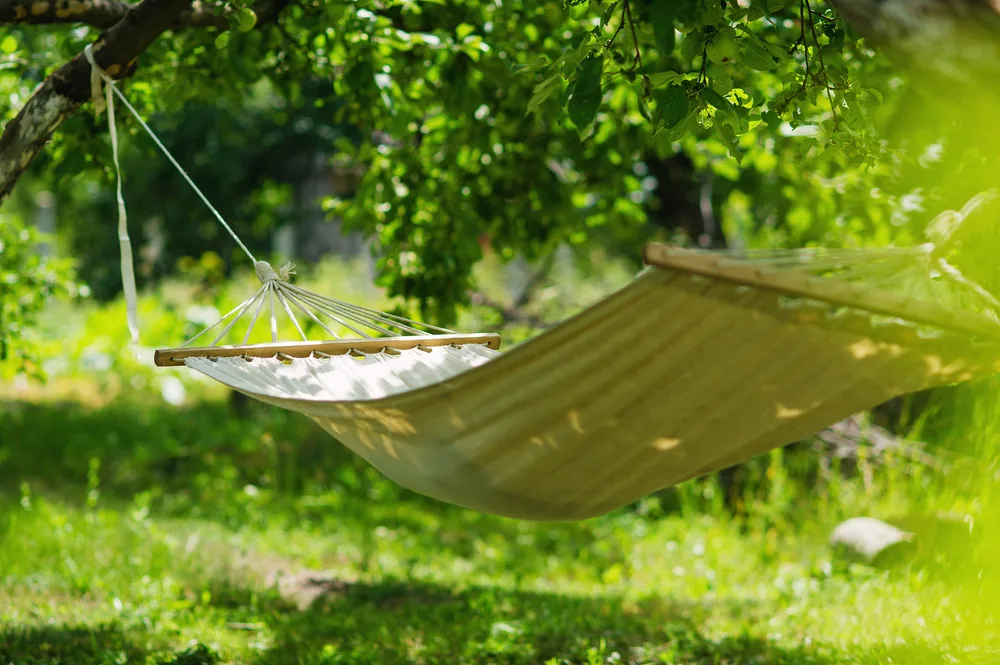
If there is one lesson to be learned here, it is this: don’t overthink the whole rewilding your garden thing. Really, don’t.
Many times we are trying to save money, work or time spent in the garden – and we’ve got plenty of homestead hacks for that.
Rewilding should come easy. Animals and plants will always move in when you take a step back and share your space. And then they will move out, just like that. It is like a dance, where you don’t have to learn the exact steps to make it look good.
Just sit back and let your garden grow with as little interference as you can possibly manage.
Let your grapevines become overgrown for a season or two. Leave a border unmown.
Take some quiet time to observe what happens when you let nature move in – and do nothing about it.
Sounds hard to let go of so much control?
You must try it to rediscover the wild joys for yourself.
9. Encourage wildlife in your backyard
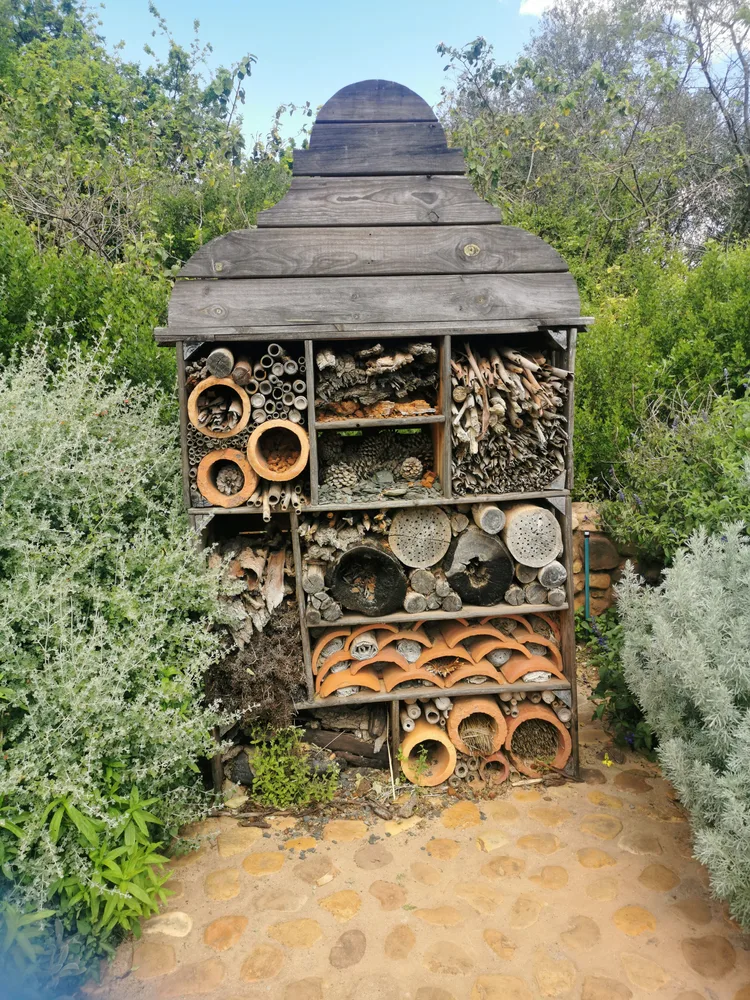
To encourage and engage flying and four-legged creatures in your yard, there are things you can offer besides plants and water to keep them coming back for more.
You can rewild your garden and entice wildlife into your space as you:
- build a bug house
- construct a bat house
- keep leaves under the hedgerow
- leave a pile of sticks for small animals to find shelter in
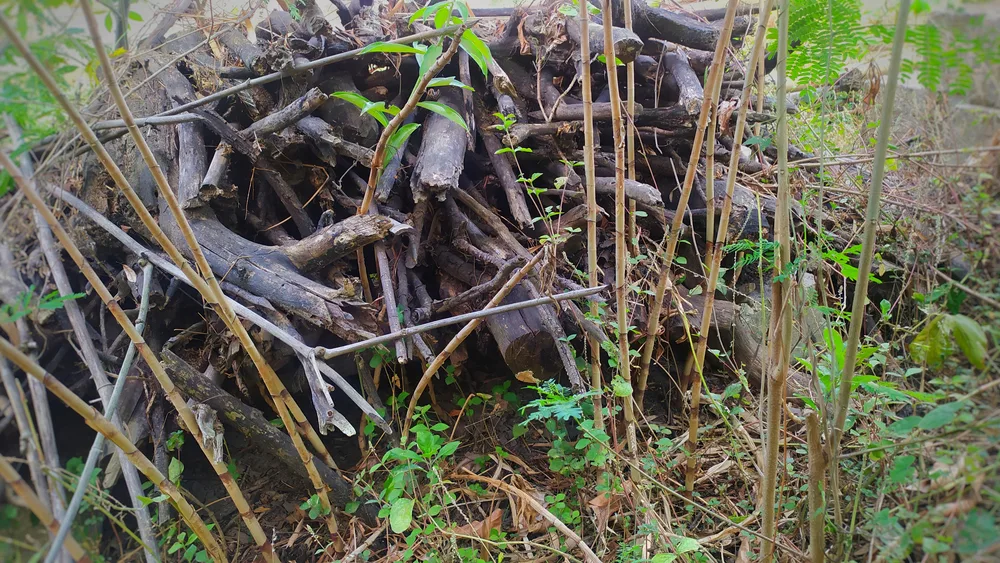
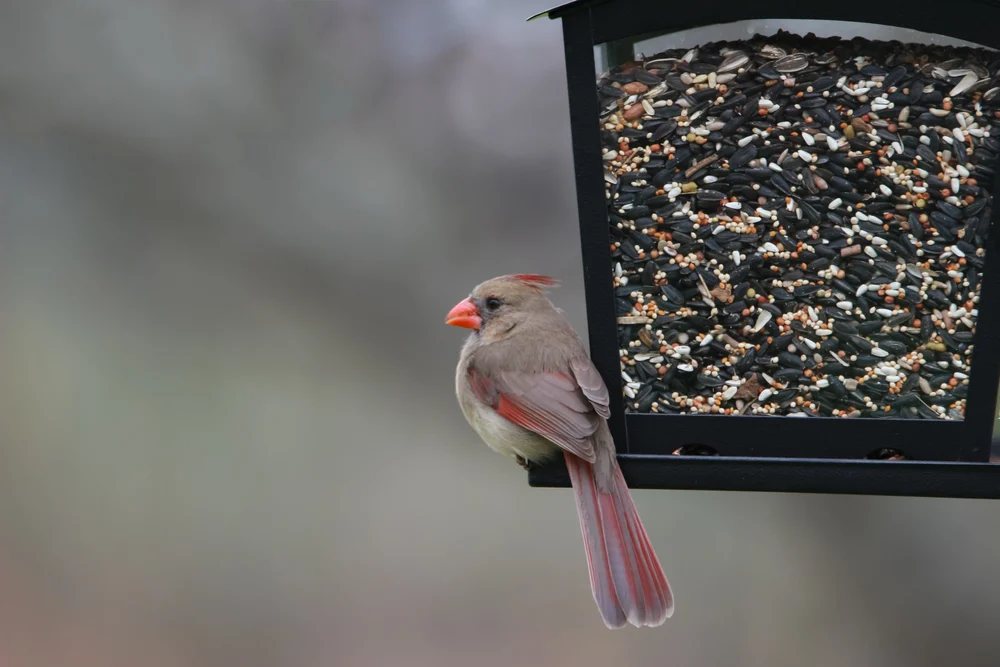
Once the animals discover the fun, you can watch from the windows, or from the porch, with glee.
You can also choose to learn more about your garden visitors as well. Listen to and recognize their songs.
Take in more information about beneficial insects too.
23 Beneficial Insects and How They Support Your Garden @ Backyard Boss
10. The last, yet most important tip to rewild your garden is to rewild yourself
In order to fully embrace the gentle act of rewilding your garden, one must first learn to rewild her-/himself.
As you let go of preconceived notions of what a lawn should look like, you are better able to rethink what beauty there is to behold in tall grass.
If you can get past the idea of weeds as vicious, stinky, thorny things ready to make more back-breaking work for you, then you can break free to the point where you readily accept them, even eat them!
As you rewild yourself, and begin to inhabit an animal’s mindset, you will slowly reconnect to nature’s pace. At the same time, you will know exactly what you need to offer to all wildlife around you.
Life will become unhurried, you will lose some stress and gain more memorable moments spent outside in nature.
Rewild your garden, rewild your mind, rewild your children’s childhoods. Bring back nature into your life, you will be extremely glad you did.

Get the famous Rural Sprout newsletter delivered to your inbox.
Including Sunday musings from our editor, Tracey, as well as “What’s Up Wednesday” our roundup of what’s in season and new article updates and alerts.

